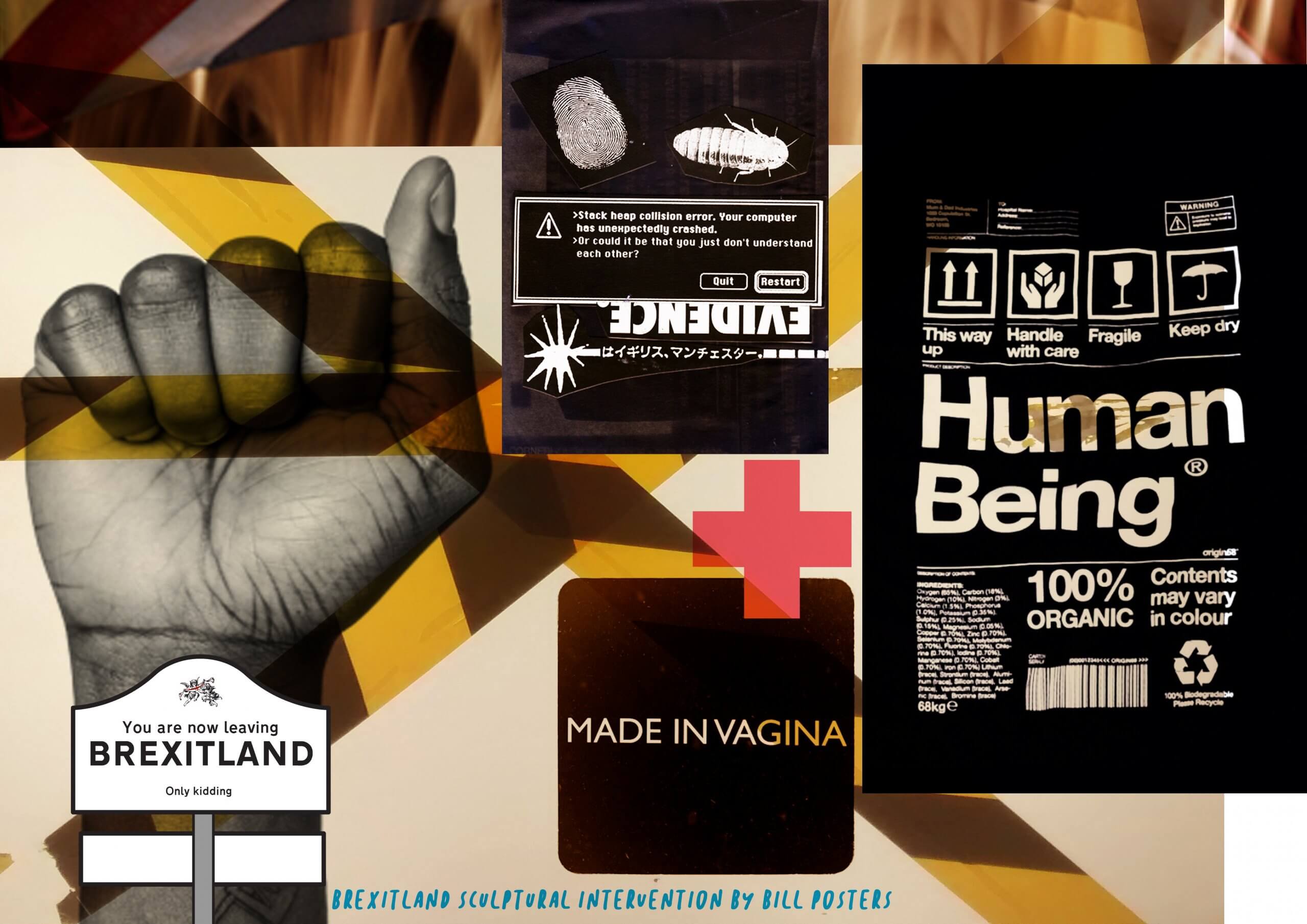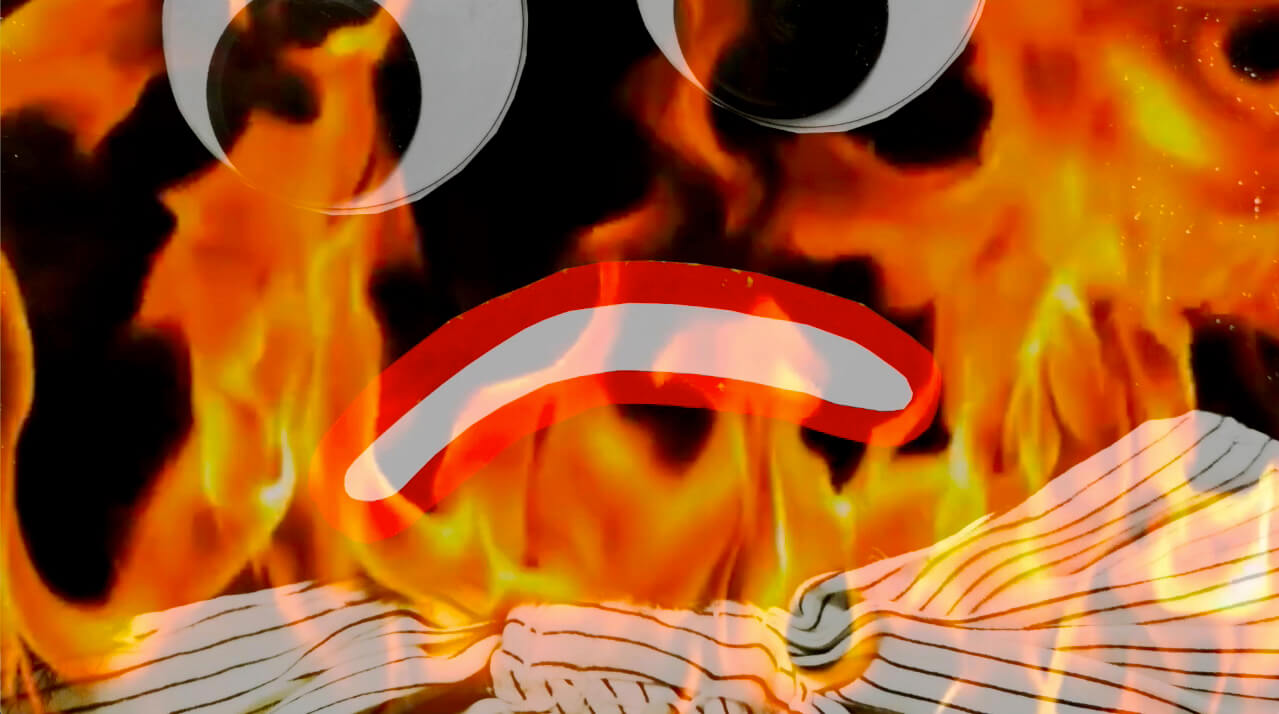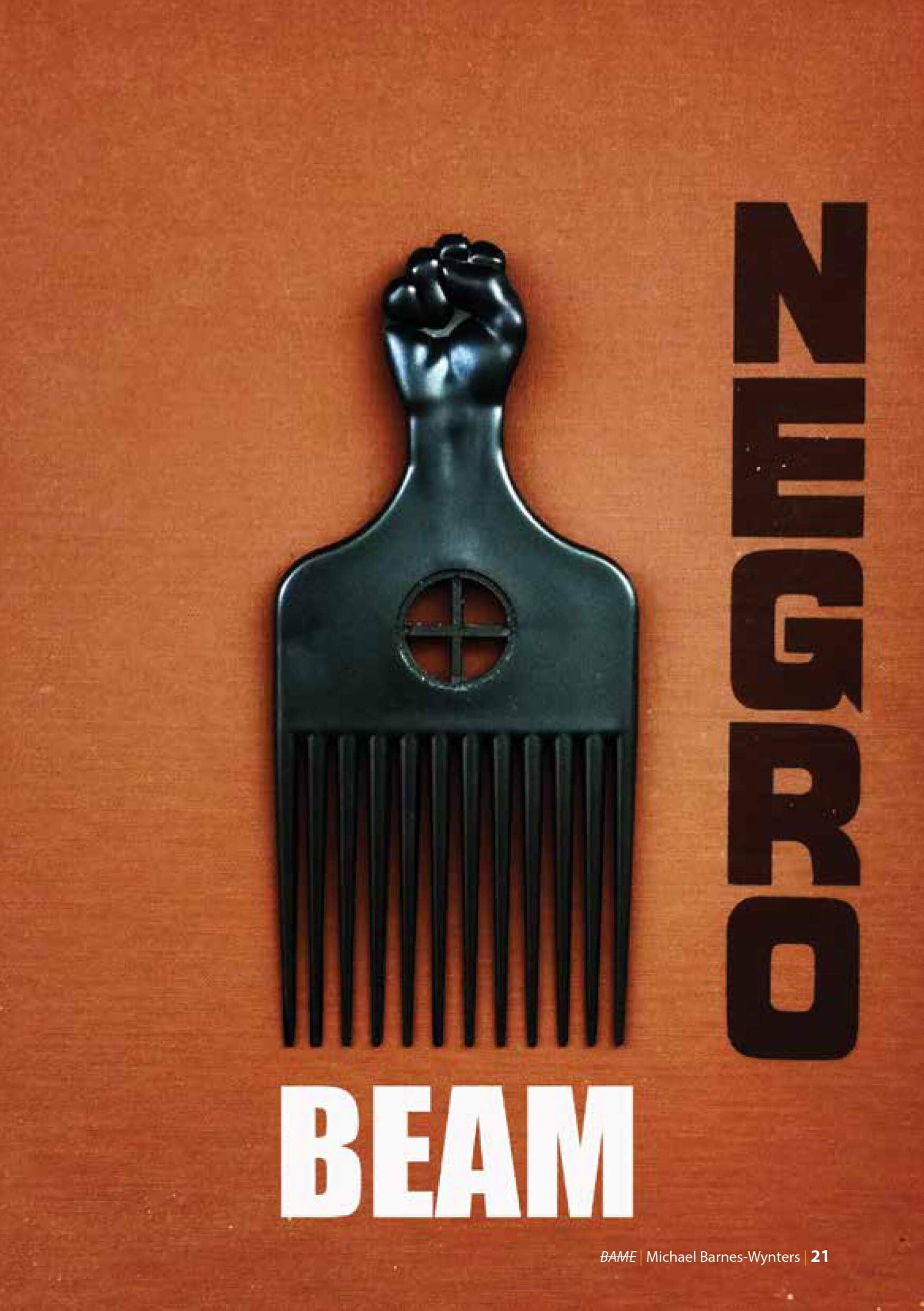Barney is a graphic artist/producer whose artistic journey started with Jamaican heritage. Based in our temporary space, Shirethorn House, Hull.
Barney is a founding management team member of Manchester’s Contact which is regarded as one of the UK’s best examples of an arts organisation led by/ with young people at its heart. Since creating Doodlebug in 1991 (the first “detonation” in 1995) he has been at the forefront of the Doodlebug creative platform which has represented over 150 international artists (including Mr Scruff, Alison David, Pete Fowler, Paris Hair, Kid Acne and Andy Votel) through his Doodlebug nuggets radio shows and Doodlebug Presents…TV style presentations’ in addition to the critically acclaimed festival of visual arts, International Doodlebug Day (R.I.P: 98-06).
We spoke to Barney to discuss his inspirations, what’s happening in Hull and where his work is heading next.
What do you find interesting in the art world currently, in Hull/Yorkshire or nationally /internationally?
One of the more exciting things I feel has been the development of UK grassroots networks of radical artists with whom I’ve had the pleasure to discover, support, mentor, and form new collaborations.
During such curious times, where we see the threat of democracy by autocracy, we really need to speak truth to power even more than ever whilst taking care of each other.
Since arriving in Hull in 2014 to work directly with its producers, arts, curators, and educators, I was appointed as trustee and am now one of the advisors for the radical arts fund, Future’s Venture Foundation. We have developed an accessible process to fund artists and projects alongside supporting their creative development quickly. whilst giving them visible platforms via our website, social media, and physical publication, Radical Arts Handbook: Issue 1 (Past) launched at our Beyond Future provocation zoom event on Guy Fawkes Day.
You share your temporary studio space with Sean Azzopardi and work with a vast range of artists nationally and internationally. Could you talk us through how you approach collaborative work and its impact on your creative processes?
I am an outward-facing connector of souls. I’m drawn to outsiders, the introverted, and the underdogs, and so my natural default is that of reaching out and forever exploring whilst unearthing the unseen and the unheard for future possibilities.
My vital keys to collaborations are constant conversations and sharing ideas with relevance, transparency, openness to new/other ways of working, fluidity, and the ability to embrace failure.
Since I arrived in Hull, I have been an advocate for collaboration in a city with a siloed and insular outlook reflected in its weak visual arts output. I became a member of the city’s oldest artist-led collective, Red Contemporary Arts (formerly RED Gallery) and as we moved into its year of culture struck up a collaboration with artist Lou Hazelwood to deliver a citywide, year-long series of seasonally themed, commissioned billboards ( REDboard2017) which became one of Hull City of Culture team’s ‘hero’ projects.
Sean and I have struck up a healthy collaborative relationship since our previous studios in the Old Town. Here at The Prospect Centre, it seemed a natural flow to invite him in to create a printmaking space where our conversations manifest into stark print which in essence is merely a barometer of the times we live in, whereby we merely reflect the general climate through our daily revelations to a general anaesthetized public who are loaded with their own prejudices.
Your ongoing project ‘Dutty Lingo’, launched at the Tate Tanks in London in 2012, in which you film people’s response to a set of questions, to turn this project back on its creator, what does ‘freedom’ mean to you?
Dutty Lingo is my ongoing audio-visual project born out of the murder of Mark Duggan by London Metropolitan Police in 2011 as it explores through filmed interviews the influence of Jamaican culture on UK culture. Everyone is asked the same three questions except here in Hull!
The question of What does Freedom mean to you? was a replacement question as Hull doesn’t have a Jamaican community, in fact, only one person out of 35 interviewed could answer/ figure out the third question of ‘What do you feel Dutty Lingo means?’ !
The question of freedom was added as the city has this ‘so-called’ great emancipator aka William Wilberforce and a festival of the same name so…
What does freedom mean to me?
“I AM FREE BOTH IN THOUGHT AND SOUL”
Meanwhile…
“SYSTEMIC RACISM/ SEXISM EXISTS”
I do not see freedom in the physical realm as said before, the general public has been anesthetised.
‘Social’, ‘political’ ‘subcultural’ and ‘radical’ could all be used to describe the art in which you practice, could you tell us a little about why these themes are so central to your work?
I was blessed to have been brought up on a street in Bristol in the 1970s which was the closest thing to Sesame Street! A truly diverse cocktail of humanity with Teddy boys, Skinheads, Pakistanis, Indian, hippies, in addition to our Jamaican heritage family all, co-existed with us as kids in and out of each other’s houses.
My inspiration stems directly from club culture which has yet to be fully recognised for its creative wealth’s ecology which spans and connects many art-forms, in addition to science including, film, performance, dance, fashion, theatre, literature, philosophy, interactive/ installation media, and new music forms.
What are your thoughts on the limitations and opportunities that can arise and you have experienced through taking on a temporary/meanwhile space/studio?
I am very aware of my physical black body in the highly visible space at The Prospect Centre which I know and see upsets some people. After all, Hull isn’t a sophisticated melting pot of diverse cultures and progressive thinkers as somewhere like Bristol and so nothing comes as a surprise to us here as we continue to produce and disseminate graphic prints, publications, radio shows, and live performance transmissions.
An interesting note is that whenever a security guard comes in to speak to us, they always go straight to Sean, as this black body wouldn’t be responsible for the curation and programming of an art-space or any other creative space for that matter.
Limitations mainly come in the form of censorship with the label of ‘too political’ firmly attached as it takes only one person’s prejudices/ political views to dismantle and suppress freedom of speech.
Meanwhile, RED Contemporary Arts: Nourishment Centre, has given us the opportunity to explore and play with light interventions and to instigate a locally, game-changing audio-visual system with whispering window technology for a programme of meaningful storytelling directly to the street’s footfall alongside our proposed ‘books with pictures’ library and ‘peculiar chinaware for curious people’.






